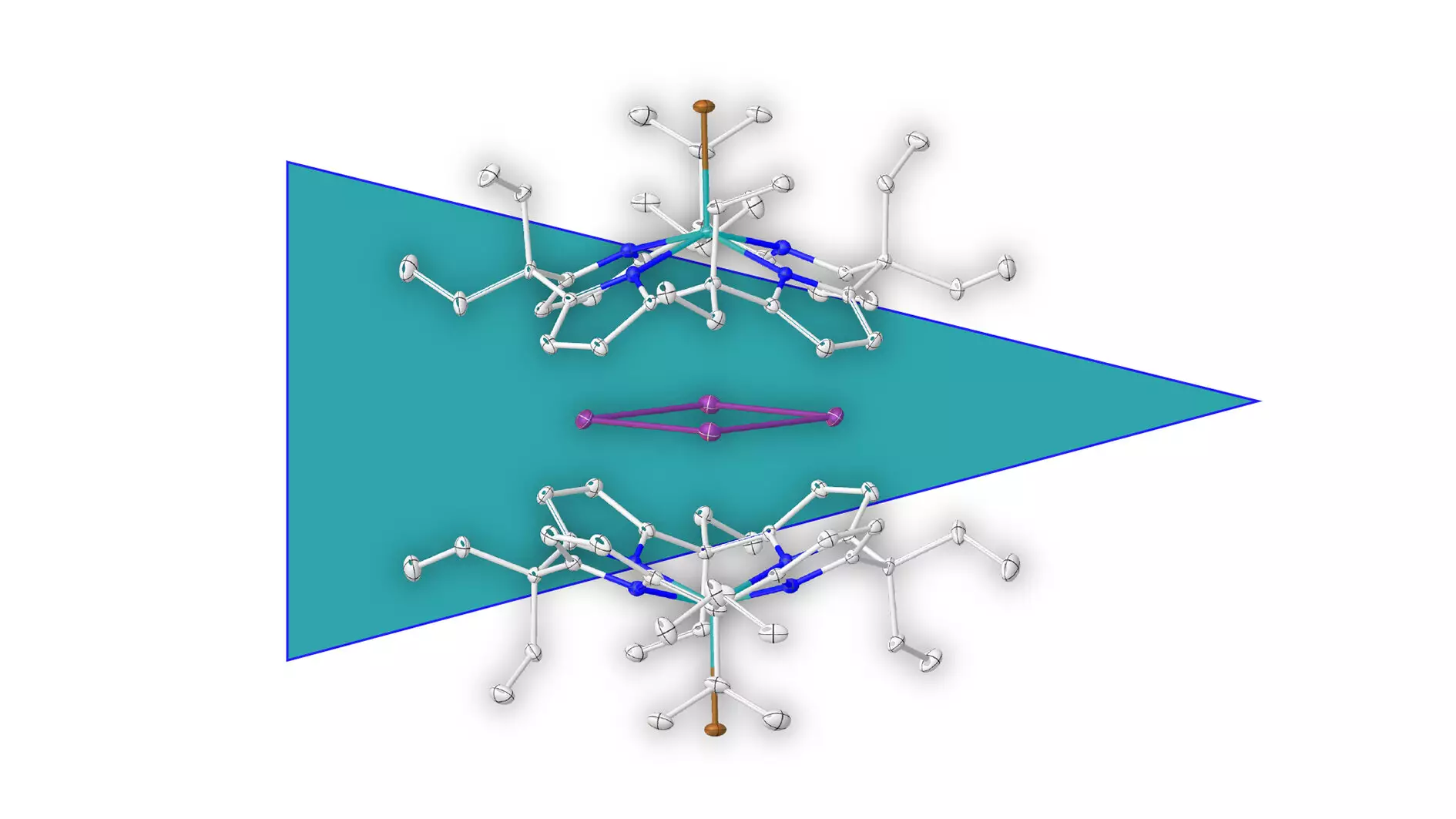Aromaticity has been a cornerstone of chemistry, predominantly associated with carbon-containing compounds that exhibit remarkable stability and unique electronic properties. Moreover, the term evokes images of fragrant organic substances that have been explored since the dawn of organic chemistry. However, recent groundbreaking research led by Professor Lutz Greb at Heidelberg University’s Institute of Inorganic Chemistry reveals an astonishing advancement: the isolation and characterization of a metal ring composed entirely of bismuth atoms. This radical discovery redefines our understanding of aromatic compounds and poses vital implications for future scientific exploration.
The Nature of Aromaticity
Traditionally, aromatic compounds are emblematic of structural stability and exhibit resonance, a phenomenon characterized by the delocalization of electrons within a molecule. Such compounds are not merely chains of atoms; they embody an intricate balance of ionic and covalent interactions that bestow them with unique characteristics. The previous conventional wisdom held that these aromatic properties were exclusive to carbon frameworks. The exploration of aromatic compounds typically confines itself to carbon-based structures or organic molecules with metal couplings.
However, the emerging class of metal aromatic rings challenges this long-standing notion. By involving solely metal atoms within a cyclic framework, Prof. Greb and his research team are paving the way for a new paradigm in the chemistry of metals. This shift invites a reevaluation of existing theories surrounding aromaticity, urging chemists to reconsider the possibilities that lie within purely metallic compositions.
The Ingenious Methodology
The successful isolation of the bismuth-based aromatic ring was achieved through an innovative supramolecular stabilization technique, which is as ingenious as the discovery itself. By enveloping the positively charged metal ring with a negatively charged molecular shell, the research team successfully inhibited potential decomposition pathways that would have otherwise rendered their experiment futile. This method not only demonstrates a significant departure from conventional stabilization techniques but also holds the potential for broader applications regarding the stabilization of various positively charged molecular entities.
Such methodological advancements underscore a deeper understanding of chemical bonding and interactions in positively charged scenarios. It presents an exhilarating glimpse into a future where the principles governing aromaticity are expanded beyond conventional boundaries.
Implications for Material Science and Charge Transport
The ramifications of this discovery resonate beyond academic curiosity. The conductivity and charge transport properties of metals are critical areas of study, particularly in the development of advanced materials. The insights from this research could lead to innovative applications in electronic devices, catalysis, and nanotechnology where charge transport is paramount. Understanding how purely metallic aromatic rings interact with one another and their surrounding environment may unlock new pathways for designing sophisticated electronic components.
Additionally, the financial implications for industries reliant on enhanced charge transport mechanisms could be significant. The pursuit of metals that exhibit enhanced stable aromatic characteristics may spur a new age in materials science, propelling the development of faster, more efficient electronic devices.
Thus, this discovery of solely metal aromatic rings not only enriches the field of chemistry but also repositions our understanding of material capabilities within the technological landscape. It is an exciting time for science, with unexplored territories waiting to be unveiled through these newfound principles of metallic aromaticity.


Leave a Reply